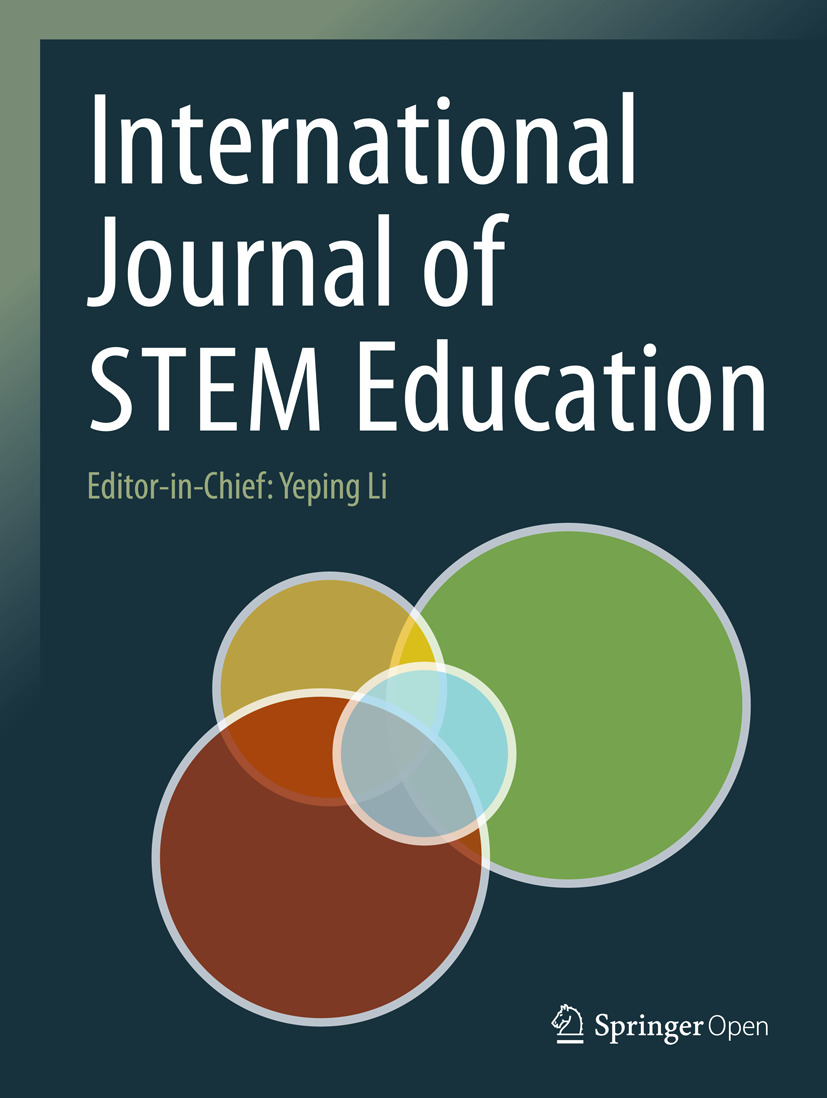学习助理模式中的拓展性学习:指导教师的目标如何导致学习助理实践的实施和发展差异
IF 8
1区 教育学
Q1 EDUCATION & EDUCATIONAL RESEARCH
引用次数: 0
摘要
学习助理(LA)模式有助于学生在本科理科课程中取得成功;然而,由于结果的差异,人们呼吁开展更多工作,调查如何实施学习助理模式。在这项研究中,我们使用文化历史活动理论(CHAT)来描述三位不同的指导教师是如何设置由 LA 主持的课堂的,以及课堂活动是如何影响 LA 对其实践的理解和发展的。历史活动理论是一种社会文化框架,为研究针对特定对象的复杂活动系统提供了一种结构化方法。它将这些系统中的变化概念化为扩展性学习,其中,经历矛盾导致内化和批判性自我反思,然后外化并寻求解决方案和变革。通过分析三位教授和 11 位法律助理的两次半结构式回顾性访谈,我们发现法律助理模式的实施方式因 STEM 教师的教学实践和目标而异。每一位教师都利用洛杉矶辅导员促进的互动来促进学习,并让洛杉矶辅导员在安全的环境中为学生提供情感支持,帮助他们解决学习内容和困惑;然而,三位教师都有不同的规则和分工,这些规则和分工受到他们对学习的看法和他们的课堂目标的影响。对于法律顾问,我们发现他们有多种动机,有时甚至是相互冲突的动机,这些动机可以被描述为实用性动机,即他们所描述的日常工作;也可以被描述为感性动机,即他们如何理解自己工作的原因。这些动机如何与集体课程目标相结合/相分离或相一致/相匹配,通过一种和谐或矛盾的机制影响着法律助理在实践中的学习。我们发现,每个法律助理都发展了独特的实践,这些实践相互影响着他们工作的活动系统,同时也被活动系统所影响。这项研究通过描述洛杉矶法律协会的学习机制是如何受其环境影响的,有助于弥合关注洛杉矶法律协会模式成果和洛杉矶法律协会学习与发展的研究机构之间的差距。我们还表明,LA 模式的变化既可以用课堂对象来描述,也可以用 LA 在与这些对象的对话中的发展来描述。这项工作可用于深入了解学生、教师和学习者是如何体验学习者模式的。本文章由计算机程序翻译,如有差异,请以英文原文为准。
Expansive learning in the learning assistant model: how instructors’ goals lead to differences in implementation and development of LAs’ practices
The learning assistant (LA) model supports student success in undergraduate science courses; however, variation in outcomes has led to a call for more work investigating how the LA model is implemented. In this research, we used cultural historical activity theory (CHAT) to characterize how three different instructors set up LA-facilitated classrooms and how LAs’ understanding and development of their practices was shaped by the classroom activity. CHAT is a sociocultural framework that provides a structured approach to studying complex activity systems directed toward specific objects. It conceptualizes change within these systems as expansive learning, in which experiencing a contradiction leads to internalization and critical self-reflection, and then externalization and a search for solutions and change. Through analyzing two semi-structured retrospective interviews from three professors and eleven LAs, we found that how the LA model was implemented differed based on STEM instructors’ pedagogical practices and goals. Each instructor leveraged LA-facilitated interactions to further learning and tasked LAs with emotionally supporting students to grapple with content and confusions in a safe environment; however, all three had different rules and divisions of labor that were influenced by their perspectives on learning and their objects for the class. For LAs, we found that they had multiple, sometimes conflicting, motives that can be described as either practical, what they described as their day-to-day job, or sense-making, how they made sense of the reason for their work. How these motives were integrated/separated or aligned/misaligned with the collective course object influenced LAs’ learning in practice through either a mechanism of consonance or contradiction. We found that each LA developed unique practices that reciprocally shaped and were shaped by the activity system in which they worked. This study helps bridge the bodies of research that focus on outcomes from the LA model and LA learning and development by describing how LA learning mechanisms are shaped by their context. We also show that variation in the LA model can be described both by classroom objects and by LAs’ development in dialogue with those objects. This work can be used to start to develop a deeper understanding of how students, instructors, and LAs experience the LA model.
求助全文
通过发布文献求助,成功后即可免费获取论文全文。
去求助
来源期刊

International Journal of Stem Education
Social Sciences-Education
CiteScore
12.40
自引率
11.90%
发文量
68
审稿时长
13 weeks
期刊介绍:
The International Journal of STEM Education is a multidisciplinary journal in subject-content education that focuses on the study of teaching and learning in science, technology, engineering, and mathematics (STEM). It is being established as a brand new, forward looking journal in the field of education. As a peer-reviewed journal, it is positioned to promote research and educational development in the rapidly evolving field of STEM education around the world.
 求助内容:
求助内容: 应助结果提醒方式:
应助结果提醒方式:


